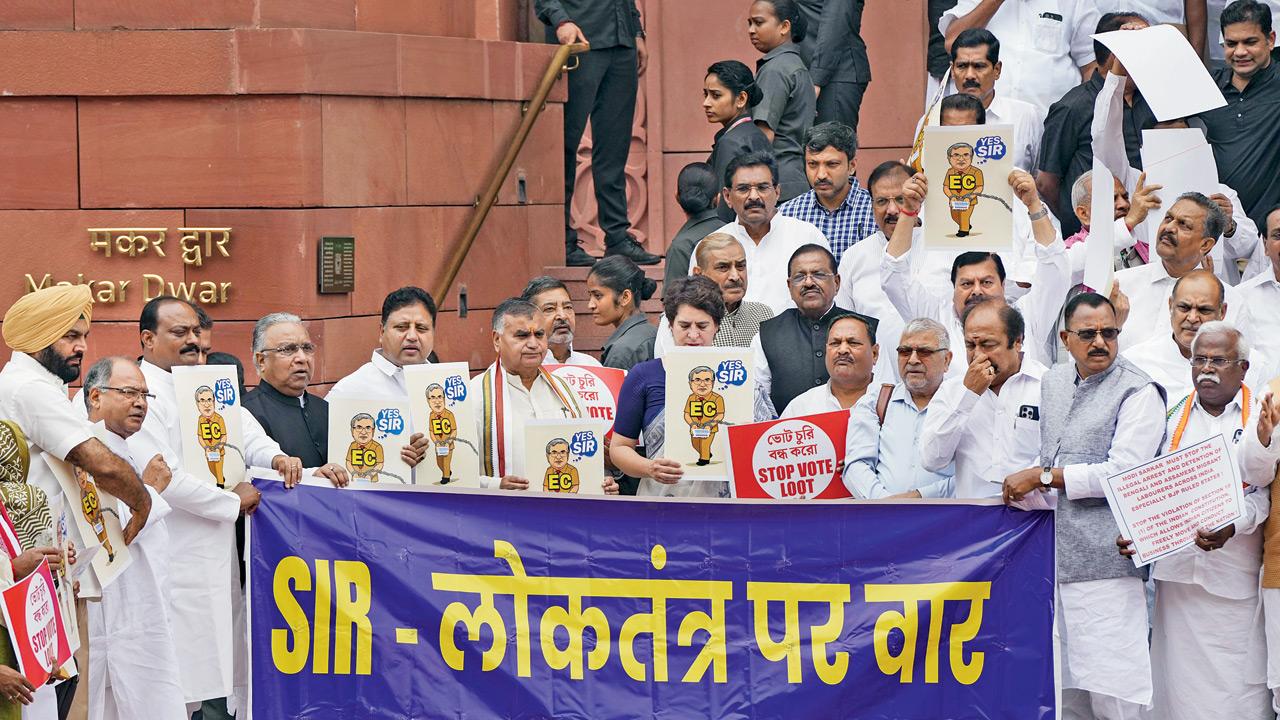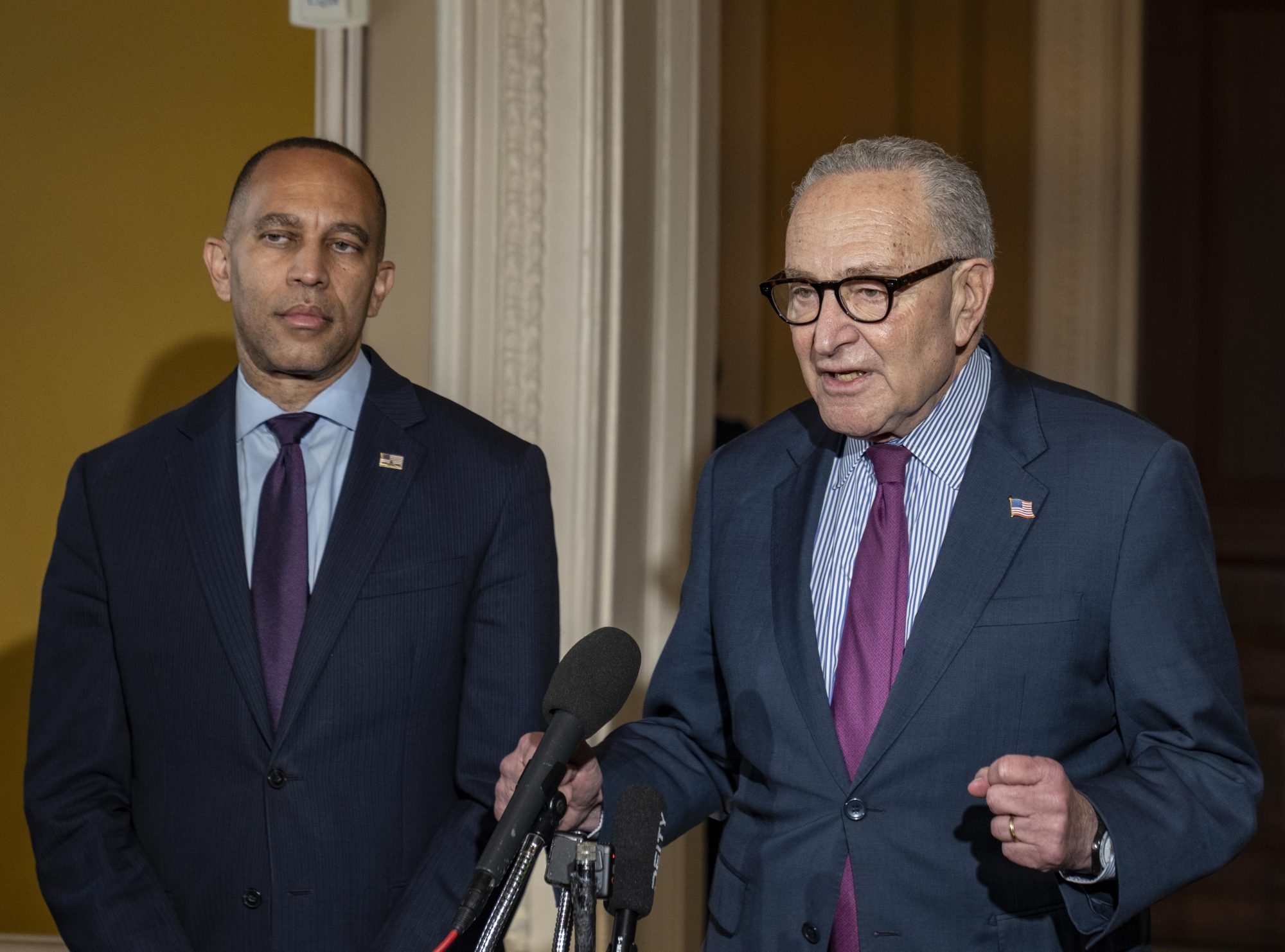WASHINGTON (AP) — Maine voters will decide on two high-profile ballot measures addressing elections and gun violence in a statewide referendum election next week.
**Question 1** would make several changes to the state’s voting procedures, most notably requiring voters to present photo identification at the polls.
**Question 2** would implement a gun control measure known as a “red flag” law, similar to ones currently in place in 21 states.
These measures represent the latest efforts to put two hot-button national issues directly before voters on state ballots. The election is scheduled for Nov. 4.
—
### Details of Question 1
Question 1 was placed on the ballot with support from The Dinner Table, a conservative political action committee. President Donald Trump and Republicans at both the national and state levels have been advocating for overhauls to the nation’s voting procedures, including requirements for voters to show ID at the polls.
The responsibility to draft the ballot question’s wording fell to Secretary of State Shenna Bellows, who is a Democrat and generally opposes adding new voting restrictions. The final wording, as written by Bellows’ office, reads:
“Do you want to change Maine election laws to eliminate two days of absentee voting, prohibit requests for absentee ballots by phone or family members, end ongoing absentee voter status for seniors and people with disabilities, ban prepaid postage on absentee ballot return envelopes, limit the number of drop boxes, require voters to show certain photo ID before voting, and make other changes to our elections?”
Republican backers challenged this wording in court, arguing it was confusing and misleading. However, in July, the Maine Supreme Court upheld the ballot question as written by the Secretary of State.
—
### Details of Question 2: The “Red Flag” Law
Question 2 proposes a “red flag” law that would allow both law enforcement officers and an individual’s family members to ask a court to temporarily block a person from possessing firearms or other “dangerous weapons” if they can demonstrate the individual poses a “significant danger” to themselves or others.
This proposal builds upon Maine’s existing “yellow flag” law, which currently only allows law enforcement to petition the courts.
Democratic Governor Janet Mills opposes Question 2, stating that the petitioning process is best left to law enforcement.
The debate over “red flag” and “yellow flag” laws gained renewed urgency in October 2023 after a U.S. Army reservist killed 18 people in a bowling alley and bar in Lewiston, Maine — the state’s deadliest mass shooting.
—
### Political Context
Statewide votes on election and gun control measures tend to fall along partisan lines. However, in Maine, Governor Mills’ opposition to Question 2 could alter traditional voting patterns.
In 2024, former Vice President Kamala Harris won the state with about 52% of the vote compared to around 46% for Donald Trump. Harris’ support mainly came from the heavily Democratic areas along the Southern Maine Coast, which includes populous counties like Cumberland (home to Portland) and York.
Trump prevailed in the less populous, more rural areas that make up much of Maine’s geography, carrying the state’s 2nd Congressional District with about 54% of the vote and earning one of Maine’s four electoral votes.
—
### Election Administration and Voting Information
Although Maine is divided into 16 counties, elections are conducted at the city and town level, a practice common throughout New England.
The Associated Press does not make projections and will only declare a winner when no scenario exists for trailing candidates to close the gap. If a race is still undecided, the AP will continue covering newsworthy developments such as candidate concessions or declarations of victory, clearly stating that a winner has not yet been declared and explaining why.
Maine does not have automatic recounts for statewide ballot questions. However, voters can request a recount by gathering at least 200 registered voter signatures within eight business days after the election.
The state will fund the recount if the margin between “yes” and “no” votes is 1% or less of the total votes cast, or no more than 1,000 votes, whichever is less.
The AP may call a winner in a race that qualifies for a recount if the lead is determined to be too large for a recount or legal challenge to change the outcome.
—
### What to Expect on Nov. 4
**How late will polls be open?**
Polls close at 8 p.m. ET.
**What’s on the ballot?**
The AP will provide vote results and declare winners for the two statewide ballot measures: Questions 1 and 2.
**Who gets to vote?**
Any registered voter in Maine may participate.
**What do turnout and advance voting look like?**
As of Feb. 6, there were over 1 million registered voters in Maine. Of these, 34% were Democrats, about 30% Republicans, and another 30% unaffiliated with any party. The remainder were registered with other parties.
In the 2023 referendum election, more than 410,000 ballots were cast, representing roughly 36% of registered voters. Approximately 26% of votes were cast before Election Day.
As of last Friday, nearly 56,000 ballots had been submitted early, with about 50% from Democrats, 23% from Republicans, and roughly 25% from voters not affiliated with any party.
For the latest updates, see the AP Early Vote Tracker.
**How long does vote counting usually take?**
In the 2023 referendum election, the AP first reported results for Question 3 — the measure with the most votes — at 8:15 p.m. ET, 15 minutes after polls closed. Vote tabulation ended for the night at 3:21 a.m. ET with about 91% of total votes counted.
—
### Looking Ahead
As of Nov. 4, there will be 364 days until the 2026 midterm elections and 1,099 days until the 2028 general election.
—
**Follow the AP’s coverage of the 2025 election at [AP’s website/link].**
https://mymotherlode.com/news/national/general-election/10111770/ap-decision-notes-what-to-expect-in-maine-on-election-day.html



